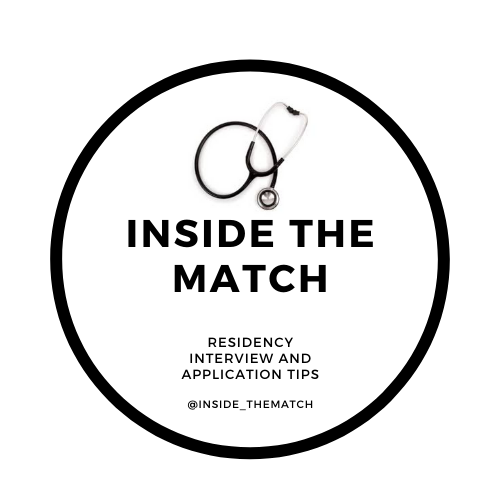Choosing Rotation Sites
Written by Mimi Lyang
Every year, second-year students at osteopathic medical schools are assigned to a core rotation site for their third and fourth-year clinical clerkships. Because osteopathic medical schools are not always affiliated with academic hospitals, students are sent out to different rotation sites in which they rotate with preceptors from community hospitals and/or private practices nearby. Here are some things to think about when choosing a rotation site.
Location:
Beyond just enjoying a city, a factor that I realized was important was the proximity of individual clerkships to each other. Take into consideration how far your commute to each clerkship will be. If you choose a rotation site that is in a nice city, but each clerkship is at a different hospital/office with varying commute times, that will make a big difference. With shorter commutes, you can save time and use it to sleep more, exercise, etc. Throughout the hustle and bustle of the third year, your time will become very precious, and you will appreciate having those extra minutes.
Additionally, research which specific hospitals you will be rotating at. Choosing a rotation site in which a majority, if not all, of your clerkships will be at the same hospital will be much easier than switching between different hospitals/private practices and adjusting to different EMR systems every month. This might also be an opportunity for you to seek out other services you may be interested in and spend time with them if you have free time during other rotations.
Residents vs. Attending Physicians
As a medical student, working with residents has pros and cons. Some community hospitals may have their own residents for the service you are on, some may not have any at all. For example, on my surgery rotation, I did not work with any residents. The exciting part was that I got hands-on experience with my attending and was able to first assist on multiple surgeries. If I had worked with residents, I would have spent more time observing. Luckily, while I was on my Internal Medicine rotation, I was able to work closely with a team of interns, residents, and attendings. Therefore, I was still able to experience the classic organization of a training hospital and observe how each team member works together to provide care for the patient.
Site Strengths
Not all rotation sites are created equal. Sometimes preclinical students know what field they want to pursue before starting the third year. For those who already know, one thing that can help is reaching out to students from previous classes to ask them about specific clerkships you are interested in. For example, if a site has residents/attendings who are invested in your education and like to teach, that’s something you want to know about in advance. Additionally, you can glean site-specific tips from those previous students and apply them to make the most out of your own experience.
Lastly, being able to start clinical rotations as a third-year is very exciting. However, it’s important to remember that while we do learn a lot during clerkships, at the end of the month, we still have to take our shelf exam. Unfortunately, what we see in the hospital does not contain everything we need to know to pass these exams. Therefore, consider a site’s schedule when choosing a location.
In the end, we cannot fully control where we end up (just like residency!). Thus, what matters more is that we make the most out of the connections we have and the patients we can help.
Got questions for Mimi? Find her on Twitter at @mimilyang.

